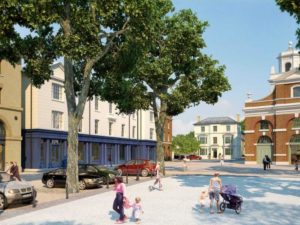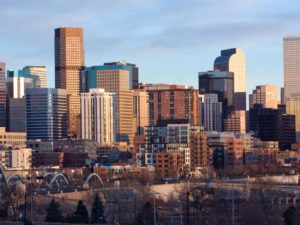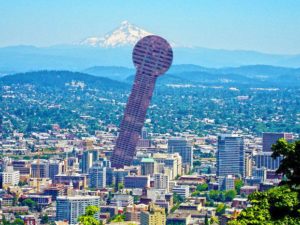
“When a major freeway closes, the expected gridlock almost never happens. This should teach us something about traffic,” Joe Cortright writes for CityLab, “So what’s going on here? Arguably, our mental model of traffic is just wrong. We tend to think of traffic volumes, and trip-making generally as inexorable forces of nature. The diurnal flow of 250,000 vehicles a day on an urban freeway like I-85 is just as regular and predictable as the tides. What this misses is that there’s a deep behavioral basis to travel. Human beings will shift their behavior in response to changing circumstances. If road capacity is impaired, many people can decide not to travel, change when they travel, change where they travel, or even change their mode of travel. The fact that Carmageddon almost never comes is powerful evidence of induced demand: people travel on roadways because the capacity is available for their trips, and when the capacity goes away, so does much of the trip making.” “If Atlanta can survive for a month or two without a major chunk of its freeway, that’s a powerful indication that more modest steps to alter road capacity don’t really mean the end of the world. If we recognize that traffic will tend to adjust to available capacity, we then end up taking a different view of how to balance transportation against other objectives. For example, this ought to be a signal that road diets, which have been shown to greatly improve safety and encourage walking and cycling, don’t have anything approaching the kinds of adverse effects on travel that highway engineers usually predict.” “The prospect of gridlock makes for great headlines and local TV news stories, but as it turns out, predictions of terrible traffic in the wake of even major disruptions to the road system are almost never realized.”







